From ESS News
The Department of Energy (DOE) of the Philippines has announced it will hold a storage-focused green energy auction, GEA-4, in the fourth quarter of 2024. The auction’s remit will cover integrated renewable energy and energy storage systems (IRESS) – a solution that integrates energy storage technologies such as batteries, flywheel or pumped storage hydro systems with renewable energy.
IRESS can store excess energy when it is generated during peak periods so it can be used later when it is in demand. This integration allows renewable energy plants to optimise their operations by storing excess energy generated during peak production periods and utilizing it when needed, thereby reducing the required capacity from the grid.
The DOE will release a full timeline of the GEA-4 when the details are finalised. It is in the process of finalising the design of the auction in consultation with development partners. As well as energy storage it is also looking into the potential of liquefied natural gas (LNG). The addition of LNG will depend on the results of tests and simulations evaluating factors such as price, contracts, capacity, and dispatch.
In recent months, the Philippines has been ramping up its renewable energy deployment efforts. The country is due to have its third GEA in the third quarter of 2024. This auction’s focus will be mostly on renewable energy facilities that are not eligible for feed-in-tariffs (FIT), such as geothermal, impounding and pumped storage. Run-of-river hydro – which is a FIT-eligible technology – will be included in this next round, however.
In the past two years, the DOE has conducted two auctions which generated a total of 5,306 MW of renewables capacities committed to deliver power to the grid in 2024 to 2026. Additional capacities will be auctioned for the upcoming third auction round.
In May of this year, the DOE released figures projecting that the Philippines was on track to install nearly 2 GW of additional solar capacity for the year. Of this target, 590 MW was put aside for battery storage. At the time the figures were released, 32.42 MW of the 590 MW was in operation.
This content is protected by copyright and may not be reused. If you want to cooperate with us and would like to reuse some of our content, please contact: editors@pv-magazine.com.
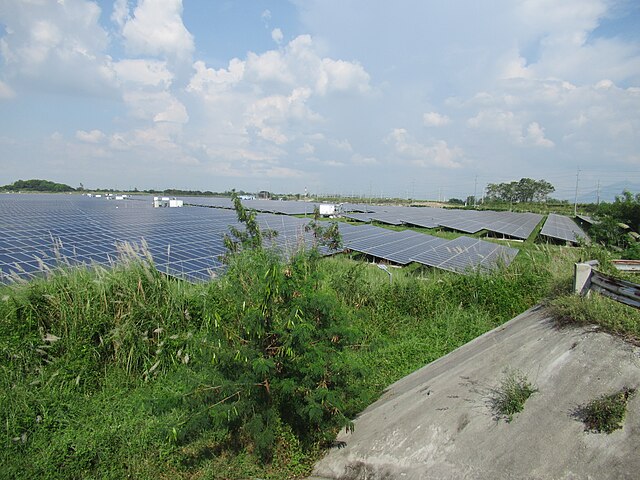
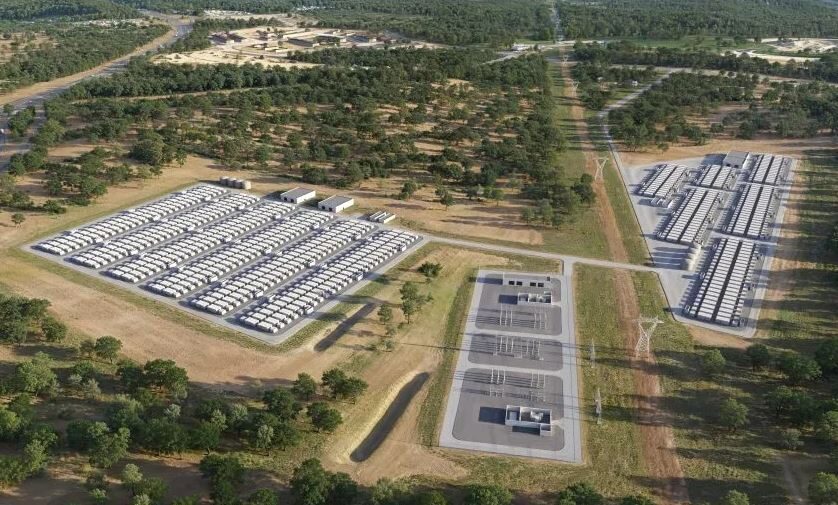


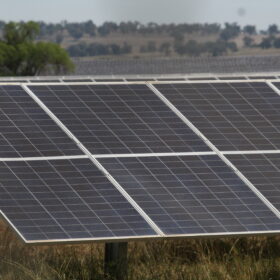
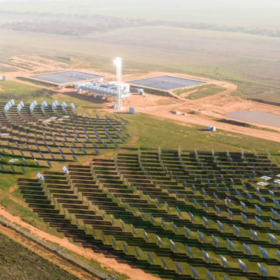
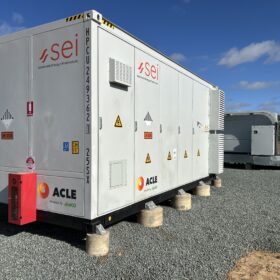
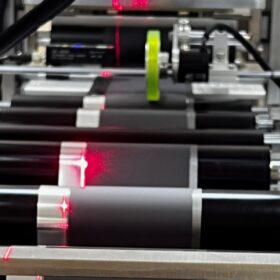

By submitting this form you agree to pv magazine using your data for the purposes of publishing your comment.
Your personal data will only be disclosed or otherwise transmitted to third parties for the purposes of spam filtering or if this is necessary for technical maintenance of the website. Any other transfer to third parties will not take place unless this is justified on the basis of applicable data protection regulations or if pv magazine is legally obliged to do so.
You may revoke this consent at any time with effect for the future, in which case your personal data will be deleted immediately. Otherwise, your data will be deleted if pv magazine has processed your request or the purpose of data storage is fulfilled.
Further information on data privacy can be found in our Data Protection Policy.